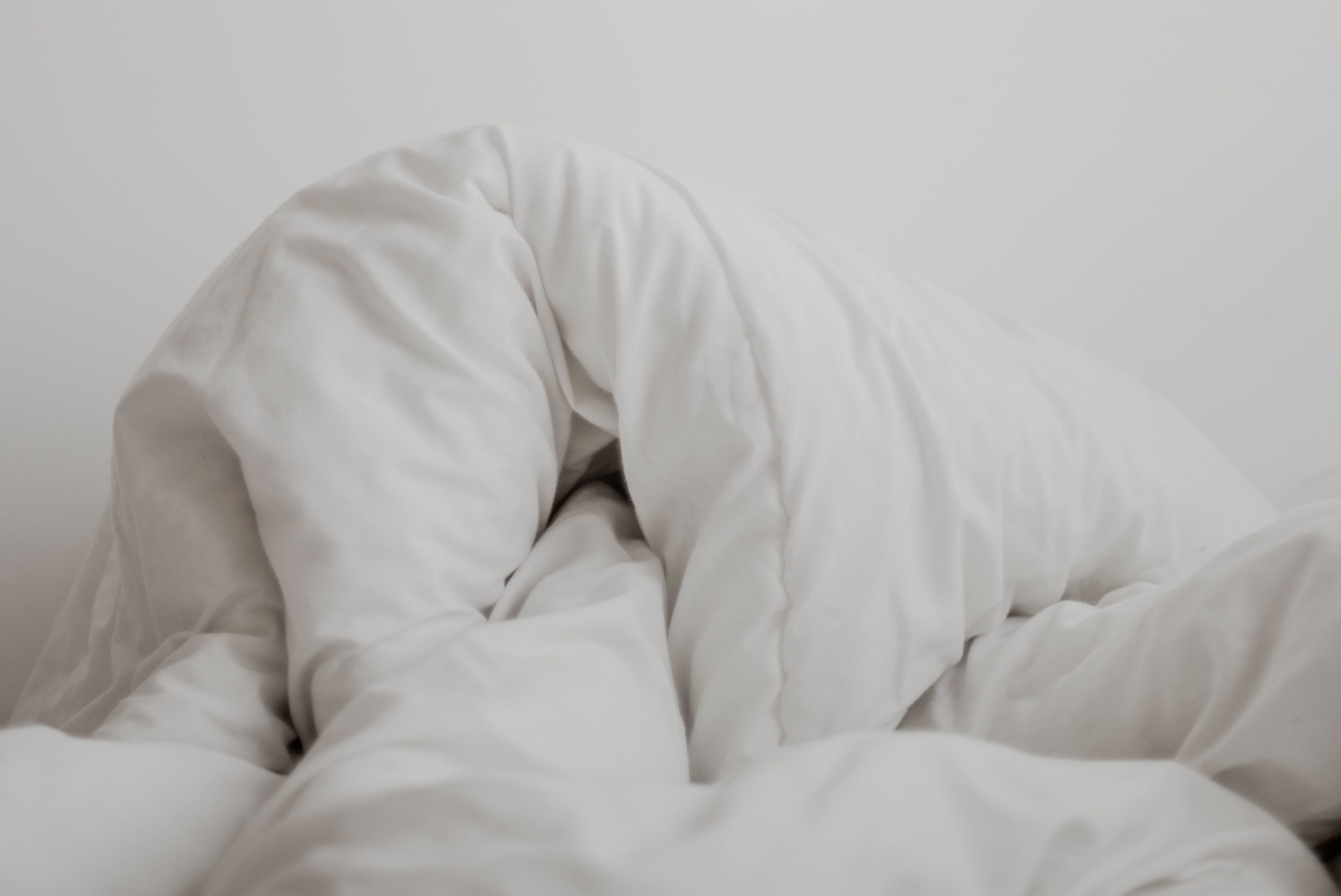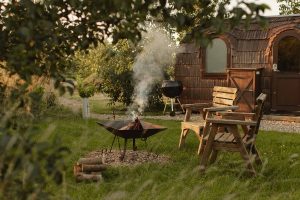Your bespoke sleep plan, according to your body clock

Sleep is central to our wellbeing. We sleep to process information, for memory consolidation and to clear toxins from the brain. Yet so often, it seems to be wildly underestimated. A recent YouGov study, for example, found that getting less than six hours sleep per night increases the risk of an early death by up to 12% – not to mention the increased risk of a stroke, obesity, diabetes, osteoporosis, memory loss, cardiac disease, accidents and a reduced resilience to managing stress. At the same time, poor sleep quality affects alertness, awareness, mood, motivation, stamina and decision-making.
So, getting good quality sleep is central to heightened performance and being the best version of yourself.
These days, with 24/7 living and the march of technology, we all need to rethink our approach to sleep, both mentally and physically. Recovering from a poor night’s sleep is linked to a negative mindset, which leads to anxiety and depression.
The modern sleep struggle
Part of improving our sleep is becoming more aware of the impact circadian rhythms (put simply, our body clocks) have on us; and knowing our chronotype, which prevents us from adopting routines that are counterproductive to our natural recovery.
In zoology, the word chronotype refers to the sleep timings and regular activities of an animal. Nocturnal animals such as moles and bats are active at night, for instance. Humans are diurnal – active in the day, asleep at night. However, our chronotype also determines whether we are morning-active or night-active, so the concept of the owl and the lark is far from a myth.
It’s worth noting that our ancestors would have woken naturally at sunrise, as the light stimulates the brain’s pineal gland and produces serotonin, the wakeful hormone. In contrast, when darkness falls, melatonin is triggered, putting the body into a sleep state. The invention of the lightbulb changed that.
Our predecessors were probably polyphasic – they slept for shorter periods of time but more often than we do – as opposed to monophasic, trying to get their sleep in one block at night, as most of us do today. The Spanish, on the other hand, are still polyphasic – they’ll stay up late, sleep for a shorter time at night but then have a siesta in the afternoon, which takes the pressure off the 24/7 nature of modern life. It goes to suggest that in the UK we may have got it wrong.
Think cycles, not hours
In any 24-hour period, we should allocate around a third of that time (eight hours) to sleep. However, this is not realistic for everyone and some can survive on a lot less.
So, rather than just sleeping at night and aiming for eight hours, plan your sleep in 90-minute cycles, which gives you a greater sense of control.
A standard sleep cycle consists of five phases. Four are non-REM (rapid eye movement), when the body enters a deep sleep, and the fifth is REM sleep, when we dream. The first cycle of REM sleep is short, but it becomes longer with each cycle, and can last up to an hour.
Ninety minutes is used because the body’s natural sleep phases of non-REM (rapid eye movement) and REM sleep – the stage in which we dream – are thought to last 90 minutes.
Therefore, target either five cycles (7.5 hours) or four (six hours) in every 24 hours. This then becomes 35 or 28 cycles over seven days. So you count cycles rather than hours. If you find your sleep is interrupted, whether by frequent night-time toilet trips or difficulty drifting off, it could actually help you to limit the amount of sleep you get per night. That might sound counter-productive, but if you stay up later and get up earlier – and sleep for a multiple of 90 minutes – you’ll have more time to unwind at the end of the day and your mornings will be less rushed.
In addition, try a 30-minute shorter controlled recovery period, or nap, to take advantage of the two other natural recovery windows in the day, from 1pm to 3pm and 5pm to 7pm.
So, in any 24-hour period, an athlete creates a sleep/wake cycle plan that can cope with their demanding schedule and maintain sustainable recovery.
If, like most people, you can’t just drop everything to have a nap during those times, don’t worry. Instead, step away from what you’re doing every 90 minutes, even if it’s just for a short time. Zoning out is as good as having a nap. Although, I do always like to point out that if a pilot, mid-flight, can afford to take time out for a nap, chances are, so can you.
Before and after
Adopting a practical and achievable pre-sleep process, moving from light to dark, warm to cool, turning off computers, screens, phones and so on, and adopting non-stimulating activities promotes a naturally stimulated sleep. A meditation app might also help. And, similarly, to aid a naturally stimulated wake for the first 90 minutes, ensure an unrushed post-sleep process on rising.
Top sleep tip: Stop worrying about it. There is no such thing as a perfect night’s sleep – but you can certainly vastly improve yours.
What’s your chronotype?
If you had no commitments for the day ahead and were free to plan your own agenda, what time would you choose to wake up? Would you plan key activities for the morning, afternoon or evening?
AMer
Sleep 9PM-11pm
Wake 5am-7am
Natural wake
Love mornings and breakfast. Less daytime fatigue.
PMer
Sleep 12PM-3am
Wake 9AM-11am
Alarm wake
Love evenings and dinner.
Daytime nappers.
How to create a perfect sleep environment in your brain and bedroom
- Focus on getting the right amount of sleep.
- Establish a healthy bedtime routine and sleep habits.
- Take regular exercise and eat a Mediterranean diet rich in vegetables, wholegrains, fruit and fish, as this has been shown to decrease the risk of heart disease, depression and dementia.
- Your bedroom should be 60-68°F. If your partner prefers it warmer, buy a cooling pad for your side. A warm bath two hours before bed will raise your temperature enabling a steeper drop and a deeper sleep.
- Using candles for the last hour before bed is calming. Sleep in total darkness and turn your alarm clock away from you so its light doesn’t disturb you. If you get up in the night, keep the lights off.
- Always buy the best bed and mattress – and bedding (preferably cotton) – you can, as they are key components of a good night’s sleep. Also, declutter your bedroom. It will help to reduce night-time anxiety.
- For optimum health benefits, sleep in the foetal position on your non-dominant side, to protect your vital organs, leaving your strong side free to protect yourself.
Read more: How to declutter and create a zen den








